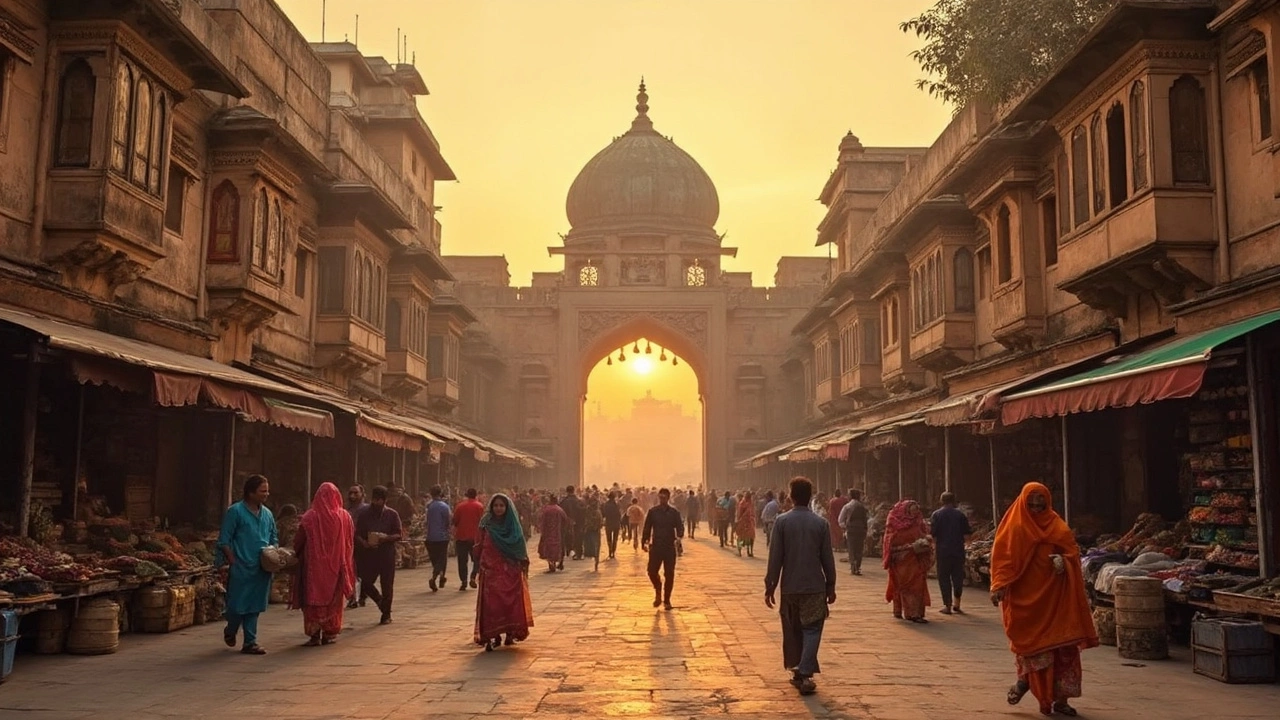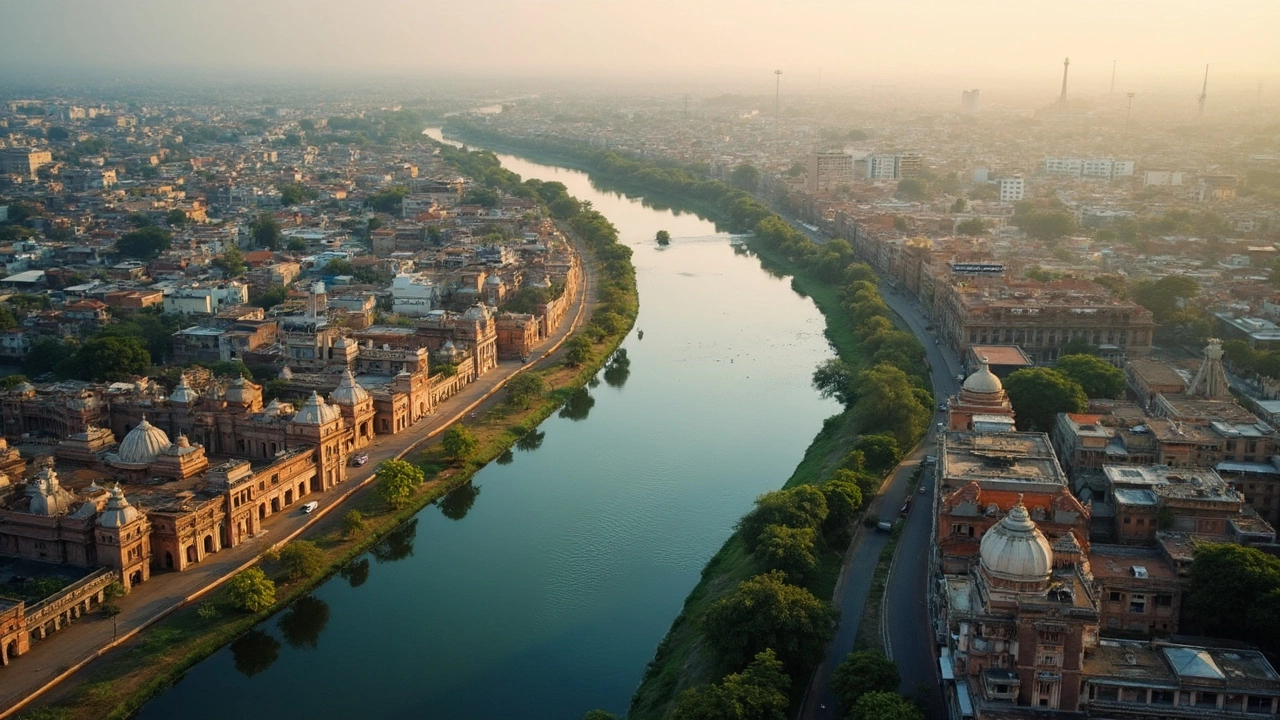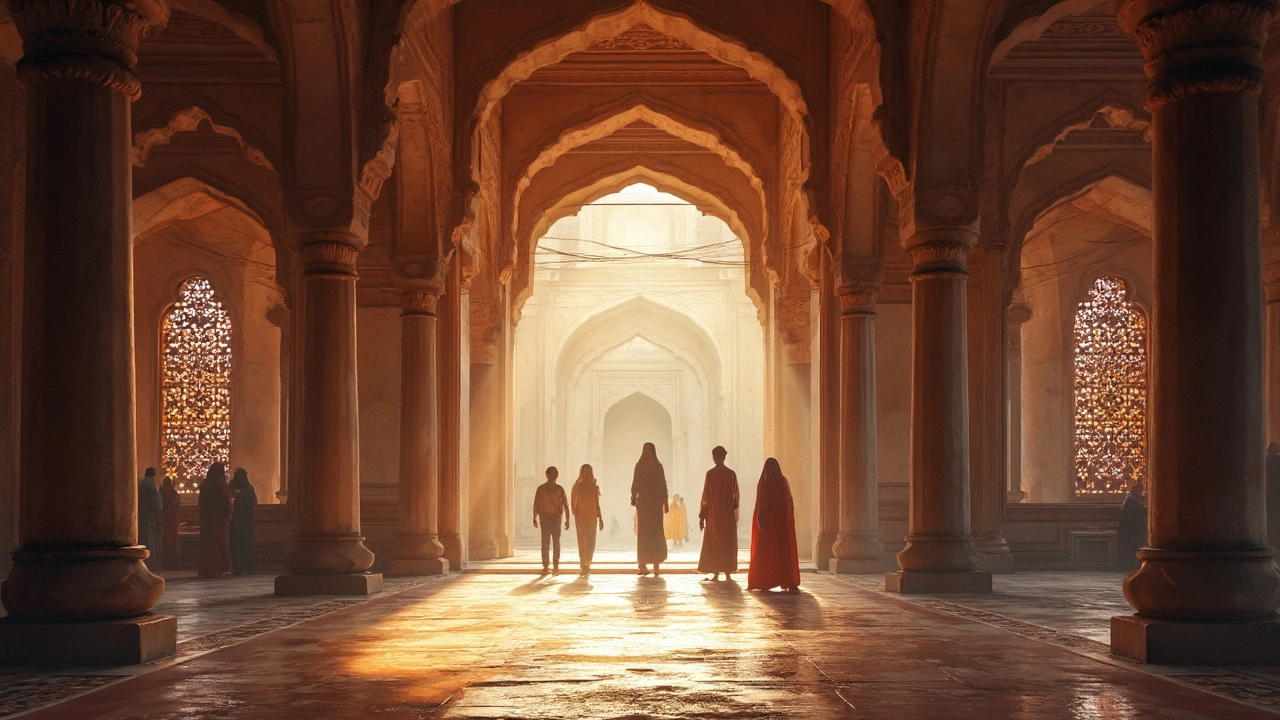Which City Is Known as the Heritage Site of India? Complete Guide & Facts

Picture a city where ancient stepwells lean against modern art galleries, where the aroma of spice mixes with the sound of temple bells, and every street tells centuries of stories. If you’re thinking about the heart of Indian heritage, you’ve probably heard whispers about Ahmedabad. This isn’t just a city – it’s a patchwork quilt of all the cultures, struggles, and celebrations that have shaped India. The UNESCO World Heritage Committee didn’t pick Ahmedabad as India’s first World Heritage City for nothing! This place thrives on its past and still pulses with innovation and life. But how does Ahmedabad truly earn the title of India’s ultimate heritage site? Let’s pull back the curtain and take a peek at what makes it special, why it stands above the rest, and how to experience its legacy for yourself.
The Long Road to UNESCO: Ahmedabad’s Heritage Journey
Ahmedabad isn’t just old. It’s lived several lives. Founded back in the 15th century by Sultan Ahmad Shah, the city sits snug on the banks of the Sabarmati river. Over five hundred years, it has been a melting pot for rulers, merchants, artists, weavers, and thinkers. Each brought something remarkable, building a rich legacy that’s written not only in textbooks but etched into city walls.
One massive reason Ahmedabad stands out is its stunning architectural variety. Here, you’ll find intricate Indo-Islamic minarets, centuries-old Hindu and Jain temples, colonial-era buildings, stepwells deeper than you’d believe, and those iconic pols (close-knit traditional housing clusters) all crammed into a living, breathing city. The old city’s layout itself is a masterpiece: gates, winding streets, hidden courtyards, and carved wooden homes packed so tightly that you hear neighbours before you see them.
In 2017, Ahmedabad became India’s first city to bag the UNESCO World Heritage City title. Not Taj Mahal’s Agra, not Jaipur’s pink city walls. Why? It’s because Ahmedabad isn’t just a collection of isolated monuments – it’s an urban heritage environment where communities still live, trade, and pray inside their ancestral houses. Here, heritage is alive and on display, from street morning markets outside Sidi Saiyyed Mosque to festive garba dance under lantern-lit courtyards in Manek Chowk.
Want some stats? Here’s a quick look at what helped Ahmedabad catch UNESCO’s attention:
| Aspect | Value |
|---|---|
| Estimated age of city | Approximately 610 years |
| No. of pols (traditional neighborhoods) | Over 360 |
| Main historical gates | More than 12 |
| Unique stepwells | Over 50 in urban region |
| UNESCO World Heritage inscription | July 2017 |
Another point: Mahatma Gandhi called Ahmedabad home, setting up the legendary Sabarmati Ashram. Even textile cobwebs tell stories here. The city was known as the Manchester of the East, with its bustling cotton mills. Every corner has a new chapter, whether it’s the sweets sold near Teen Darwaza, or zari embroidery workshops tucked down a side street.
If you visit, you’ll notice: heritage isn’t hidden behind glass. Everyday people live inside these 200-year-old havelis: drinking chai, doing laundry, chatting on WhatsApp. Walking tours take you down narrow lanes, past bird-feeding towers and bazaars where the barter system is still alive. It’s not rare to meet families who trace their roots back sixteen generations.

What Makes Ahmedabad the Standout Heritage City?
Some cities put their famous monuments on postcards. Ahmedabad, on the other hand, sticks its heritage right under your nose. The city’s pols are a perfect example. Imagine endless rows of houses connected by half-secret passages, internal squares, and birdhouses called chabutras – all carefully planned centuries ago, before the word ‘urban design’ even existed. They protected residents from heat, dust, thieves, and even political turmoil, creating a culture of close-knit sharing and support.
Now, blend in religions and communities that don’t just tolerate each other, but mingle. Across Ahmedabad’s skyline, you’ll spot a mosque, a temple, and a synagogue sharing the same block. Visit the Swaminarayan Temple with its vibrant wooden carvings, then duck into the Jama Masjid for a dose of royal Mughal architecture built from stones taken from ruined Hindu temples. These stories aren’t hidden; guides and locals love revealing how every stone has a backstory.
The soul of the city is stitched together by crafts. Bandhani textiles, hand-block-printed fabrics, beadwork, and Kutch embroidery flourish in markets like Law Garden and Rani-no-Haziro. The merchants selling them can usually trace their art form back centuries. And if you’re a food lover, you can’t ignore the street snacks: khakhra, fafda, and jalebi so fresh you’ll burn your tongue, all served outside time-honored shops that have never changed hands.
And you get this mash-up of old and new in daily life. You’ll find art deco mansions with solar panels, bullet-riddled walls from British colonial times sporting glowing billboards, and street kids taking selfies outside 300-year-old Jain shrines. Urban planners study Ahmedabad for how it balances protection of the past with the push toward the future – a lesson that many other cities are starting to copy.
Ahmedabad also wears its role in India’s freedom struggle with pride. Sabarmati Ashram, once a base for Gandhi and his followers, draws visitors who want to sit under the same trees where non-violent rebellion was planned over humble plates of khichdi and mango pickle. It puts the city on the map for history buffs and regular folks alike.
Let’s not forget the festivals. If you time your trip, don’t miss the International Kite Festival, when the cracked blue January sky fills with every color you can imagine. Or the Navratri celebrations, with midnight dances and streets that feel like open-air music arenas. Local tips? Show up in comfy clothes and leave your camera on auto-shoot, because you won’t believe half the stuff you’ll see.

Exploring Ahmedabad’s Heritage: Practical Tips, Must-Sees, and Genuine Experiences
So, you want to see India’s most *authentic* heritage city for yourself? Good call. But don’t just tick boxes. To really catch Ahmedabad’s magic, you need boots-on-the-ground experience. Here’s how to make the most of your trip:
- Start at the Old City: Enter through gates like Bhadra or Delhi Darwaza. Get lost in the pols, duck into traditional havelis if the door is open (a nod and a smile often works wonders), and look out for community bird-feeders. Early morning or late afternoon is best, when light filters through the narrow alleys.
- Hit the Landmarks: The Sidi Saiyyed Mosque (famed for its filigree ‘tree of life’ window) is a great spot to kick off your stroll. Nearby, you can visit Teen Darwaza, a centuries-old triple-arched gateway still buzzing with street vendors.
- Savor the Food: Don’t just eat. Ask questions. Why do they serve papaya chutney with fafda? What’s the story behind that 150-year-old sweet shop? Street food here is safe if you stick to busy stalls, and locals love to chat about recipes handed down the family.
- Dive into Local Legends: If you can, grab a guide who grew up riding rickety bikes through these pols –their stories are far better than anything you’ll find in a guidebook.
- Visit Arts and Museums: Check out the Calico Museum of Textiles, where ancient fabrics are sealed in temperature-controlled glass. Or pop into City Museum for a whistlestop tour through Ahmedabad’s greatest hits.
- Experience the Festivals: Everything kicks up a notch when the city celebrates. Book accommodation early around big events like Uttarayan (the kite festival) or Navratri (nightlong dance marathons in literally every lane).
- Blend in: Drop the tourist act and join the evening aarti at the riverfront or sit at a local chai stall. Listen to stories from old-timers – they’ll probably tell you more in an hour than any brochure could in a week.
For those who like numbers, here’s a table with some can’t-miss heritage sites in Ahmedabad, and what makes each special:
| Place | Highlight | Founded/Created |
|---|---|---|
| Sabarmati Ashram | Home of Gandhi, site of Salt March planning | 1917 |
| Jama Masjid | Stunning mosque built with yellow sandstone and reused temple ruins | 1424 |
| Sidi Saiyyed Mosque | Famous stone latticework window (tree of life) | 1573 |
| Swaminarayan Temple | Vibrant Hindu temple with wooden carvings | 1822 |
| Rani ki Vav | UNESCO stepwell (slightly outside city) | 11th century |
| Pol Houses | Traditional communal living quarters | 15th-19th centuries |
If you grab a camera, don’t miss sunrise over the Sabarmati Riverfront, where old city walls catch the first blush of daylight—and early risers feed flocks of doves at carved chabutras. Check if a street bazaar is happening (Manek Chowk transforms every night) and look for a tonga (horse cart) ride to round off your visit.
One last insider tip: the best ‘heritage’ finds in Ahmedabad are the ones you don’t plan. A cup of tea in a 250-year-old home, an unexpected garba dance after dark, a kind stranger explaining the meaning of a tiny shrine tucked into a wall. This is a place where the past is never museum-dusty. It’s shouted, sung, and eaten every day. So are you ready to wander the heritage heart of India? You just might leave with more than photos – maybe even a story or two of your own.